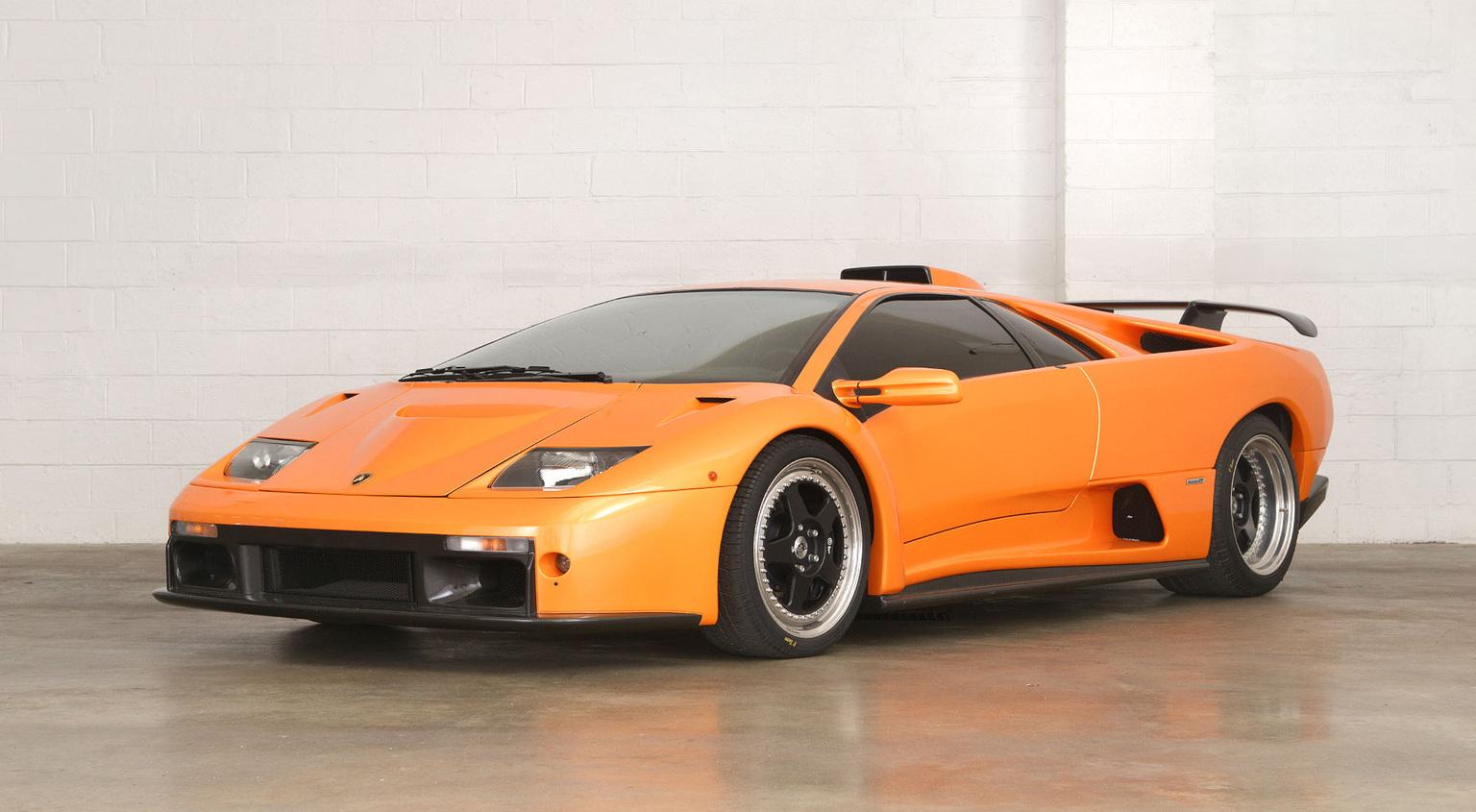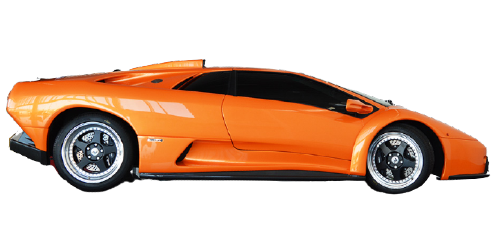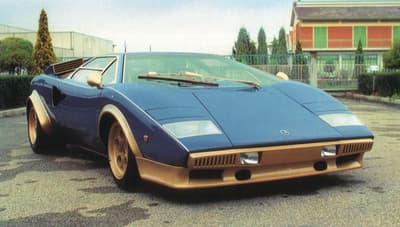In March 1999, at the Geneva Auto Show, Automobili Lamborghini SpA revealed their latest gem, the Lamborghini Diablo GT, to the world. With only 80 units designated for the European market, this limited-edition supercar took automotive enthusiasts by storm.
The Diablo GT’s creation emerged from the experience gained from the Diablo GT2 prototype. This masterpiece featured aggressive bodywork and an actual race feeling. Modified suspension geometry and the use of composite materials not only gave it a lowered weight but also enhanced its high-speed stability.
Design and Aerodynamics
From the standard Diablo, the GT had discernible differences. The enlarged front track made the wheel arches wider, creating a menacing stance. Almost every part of the body was designed to enhance aerodynamics. Every element screamed performance, from a dynamically controlled air intake on the engine cover to a redesigned rear bumper featuring two big exhaust pipes.
The aggressive look was crafted almost entirely from carbon fiber, adding to its aesthetics and weight reduction. The high-gloss carbon fiber finish of the large rear wing became a defining characteristic of the Diablo GT.
A Mighty Powerhouse: 6 Litre V-12 Engine
Under the hood, a 6 Litre V-12 engine roared to life, producing an impressive 575 Bhp, a significant power boost compared to the Diablo SV. By employing an ‘Individual Intake System’ with a single throttle for each cylinder and using a unique exhaust system with Lamborghini’s Exhaust Noise Control System (ENCS), this beast could reach nearly 340 Km/h.
Transmission and Handling
This model still uses rear-wheel drive with a five-speed manual gearbox. However, the customer could opt for customized gear ratios tailored to their driving style. Improved suspension, a tubular frame, specific lightweight alloy multi-piece wheels, and powerful brakes contributed to exceptional handling and control.
Interior: A Mix of Luxury and Race-Readiness
The interior of the Diablo GT was adorned with race-type bucket seats, a smaller steering wheel, leather, and Alcantara finishes. Despite its racing pedigree, the GT offered amenities like air conditioning and an optional dual airbag system, blending the track’s raw power with the road’s comfort.
An intriguing feature was the optional rear-view camera, coupled with an Alpine Colour LCD screen, making reversing easier in a car where the air intake obstructed the conventional rear-view mirror.
Pricing and Availability
At a hefty price tag of around $300,000, the Diablo GT became a highly sought-after collector’s item. Only four were destined for the UK; two were sold during the UK Motor Show in April 1999. Despite its high pricing, by January 2000, the entire production run was sold out, and 83 Diablo GTs had been delivered.
Though the Diablo GT was not street-legal in the United States, several cars were imported. Whether all of these could be registered for road use remained uncertain.
Conclusion
The 1999 Lamborghini Diablo GT became an icon, combining race-track technology with European road usability. A feat of engineering and a work of art, it remains a testament to Lamborghini’s innovative spirit and dedication to performance. With its blend of aggressive styling, unparalleled performance, and exclusive availability, the Diablo GT secures its place as one of the most legendary vehicles in automotive history.




